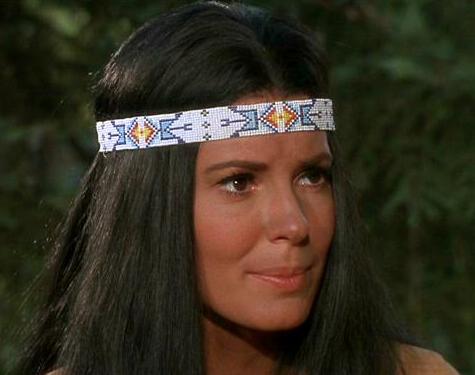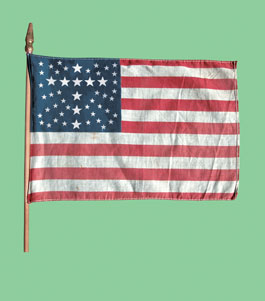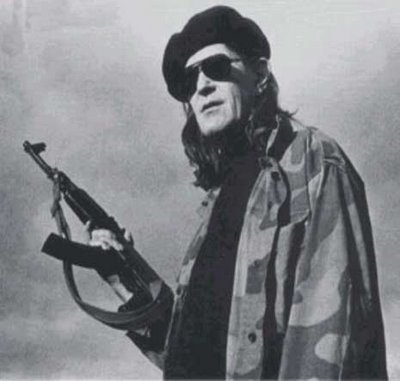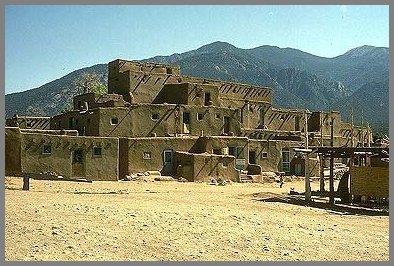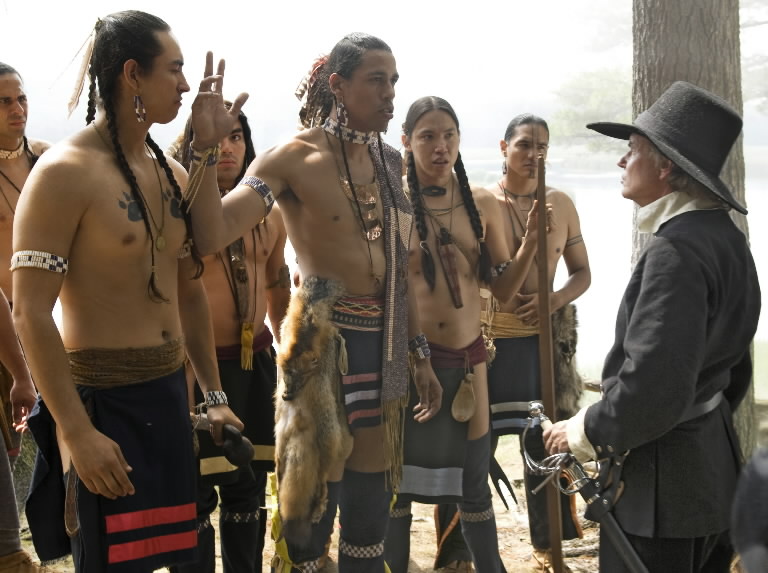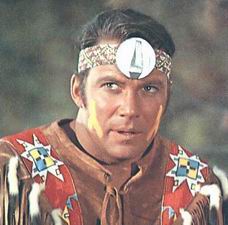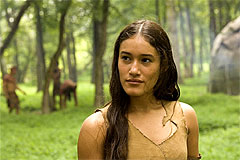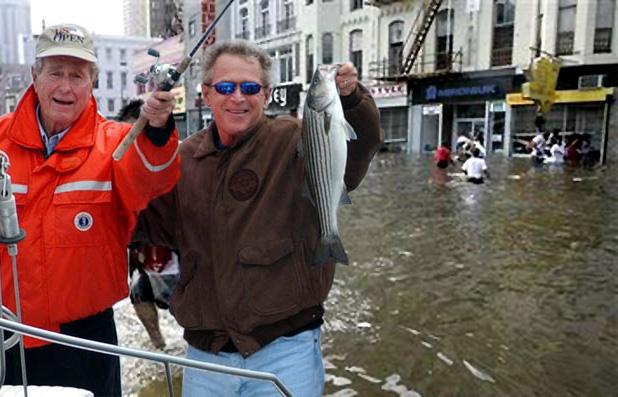A Clan So Virtuous Even Its Dog Is Vegan
As if he had been required by the Federal Communications Commission to devote equal time to jeering at liberal pieties (which, by the way, he did plenty of on “King of the Hill”), he has produced the Goodes, a family of zealot, vegan, recycling nut cases who don’t fight over paper versus plastic because they believe in neither.
The voice of the patriarch, Gerald Goode, an administrator at a community college where even students qualify for tenure, is provided by Mr. Judge, who could not have improved on his tone of narcoleptic earnestness if he had apprenticed for “All Things Considered.” He is exceptionally funny in the role (as he was playing Hank in “King of the Hill”), and a lot of the writing is too.
But the show feels aggressively off-kilter with the current mood, as if it had been incubated in the early to mid-’90s, when it was possible to find global-warming skeptics among even the reasonable and informed.
[T]he genius of "King of the Hill"--and the reason I kept watching long after I stopped finding it especially funny--was that I could relate to Hank Hill, and the obvious sympathy the show had for him. I've never played football, have a crabgrass-infested lawn and couldn't fix a car if my life depended on it, but I understood Hank and liked him, and it was clear the writers did, too. However myopic or backward Hank's world view might have seemed, he was right more often than not about how much better things used to be.
I think "The Goode Family" finds the Goodes (including Linda Cardellini as teenage daughter Bliss) to be just as well-meaning as Hank, but they're so intense (if often confused) in their beliefs that it becomes too easy to laugh at all of them--and more difficult to laugh with them.
HELEN: Sure, if they're, like, Native Americans or backward rainforest people. But not these people!
In addition, a college scene shows a group of indigenous Peruvian musicians in the background. And the Goodes have a Navajo-style rug hanging on the wall.
Rob's review
The Goode Family misfires for a couple reasons:
1) It bashes liberals almost nonstop. The lines are often funny but there are too many of them. The equivalent on King of the Hill would be if every character ranted about taxes, gun control, and immigration all the time.
Dale Gribble is like this, but King of the Hill clearly portrays him as a wacko. To be like this all the time is unrealistic and unbelievable. People don't assert their values in every sentence they utter.
2) The Goodes are eco-freaks only because it's trendy, not because their beliefs stem from long-held convictions. The Goodes don't know whether to call blacks "blacks," "African Americans," or "people of color." At a supermarket, Helen is overwhelmed by which kind of organic apples to buy and whether to use paper or plastic bags.
If she were a genuine liberal rather than an object of ridicule, she would've developed answers to these questions long ago. She'd be like Hank Hill, who swears by perfectly mowed lawns, power tools, and propane. She wouldn't panic when someone questions her values because those values would be who she was, not some tacked-on pretensions.
I'll try the show again to see if it gets any better, but I'm not hopeful. For more on the subject, see TV Shows Featuring Indians.



